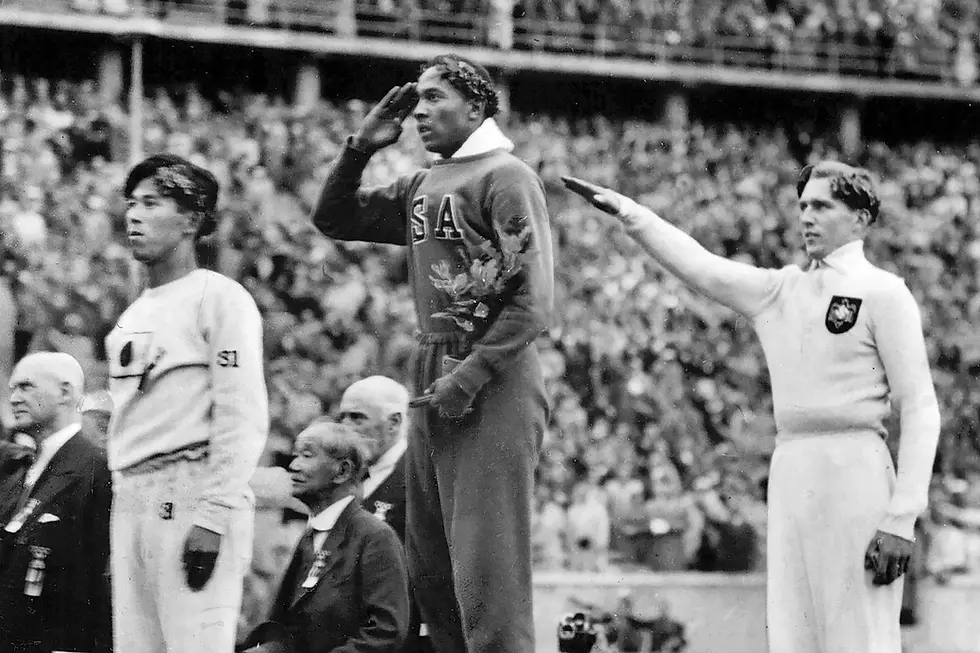The Historic Debut of Star Wars: A New Hope (1977): The Film That Changed Cinema Forever
- demacedogroup
- Jul 11
- 3 min read

The Historic Debut of Star Wars: A New Hope (1977): The Film That Changed Cinema Forever
In the summer of 1977, Star Wars: A New Hope 1977 burst onto the silver screen and reshaped the cinematic landscape in ways few could have predicted. Directed by George Lucas, this iconic film introduced audiences to a galaxy far, far away and became the cornerstone of one of the most influential franchises in pop culture history. But why was its debut so impactful, and how did it leave an indelible mark on film and fans alike?
The Beginnings of a Galactic Phenomenon
When Star Wars: A New Hope premiered on May 25, 1977, few could have anticipated the seismic shift it would create in the film industry. With a modest budget of $11 million, George Lucas's space opera faced skepticism from studios and critics alike. Yet, within weeks of its release, it was clear that this was no ordinary movie.
The film grossed over $775 million worldwide during its initial release, making it the highest-grossing film of its time. Its innovative blend of cutting-edge special effects, captivating storytelling, and a deeply immersive universe made it a cultural juggernaut.
What Made A New Hope So Special?
Groundbreaking Visual Effects:Lucas's vision came to life thanks to Industrial Light & Magic (ILM), the visual effects company he founded for the project. Revolutionary techniques, like motion-controlled cameras and realistic model work, brought space battles and alien worlds to life in a way never before seen.
A Timeless Story:At its core, A New Hope drew inspiration from classic mythology and archetypes. The hero’s journey, as embodied by Luke Skywalker, resonated with audiences across generations. Themes of hope, rebellion, and redemption elevated the narrative to timeless appeal.
A Memorable Score:Composer John Williams’s sweeping orchestral score became an integral part of the film’s magic. The iconic opening fanfare and the themes for characters like Leia and Darth Vader are instantly recognizable, cementing the music as legendary.
Cultural Impact:The film’s impact extended far beyond the box office. It revolutionized merchandise marketing, introducing action figures, novels, and other collectibles that deepened fans' connection to the galaxy.
The Legacy of A New Hope
Today, Star Wars: A New Hope is more than just a movie; it's a cultural touchstone. It sparked a franchise that spans nine episodic films, spin-offs, TV series like The Mandalorian, books, and theme park attractions. It also set the standard for modern blockbusters, influencing everything from storytelling to marketing.
Perhaps most importantly, A New Hope inspired generations of filmmakers, artists, and fans to dream big. It demonstrated the power of cinema to transport audiences to entirely new worlds while tackling universal themes.
Fun Facts About A New Hope
The phrase “I’ve got a bad feeling about this” originated here and became a running gag in the franchise.
Harrison Ford wasn’t originally considered for the role of Han Solo. He was brought in to help with screen tests and impressed Lucas enough to land the part.
The lightsaber sound effect was created by blending the hum of a movie projector and the buzz of a TV picture tube.
Why It Still Resonates Today
Even 45+ years after its release, Star Wars: A New Hope remains relevant. Its themes of courage, perseverance, and the fight against tyranny speak to audiences of all ages. The film’s ability to blend cutting-edge technology with timeless storytelling ensures it will be cherished for generations to come.
Conclusion
The debut of Star Wars: A New Hope in 1977 was more than just the launch of a movie; it was the beginning of a legacy. By redefining the possibilities of cinema, George Lucas's creation cemented itself as a cultural and artistic milestone. For fans new and old, the Force continues to be strong with this one.





















Comments